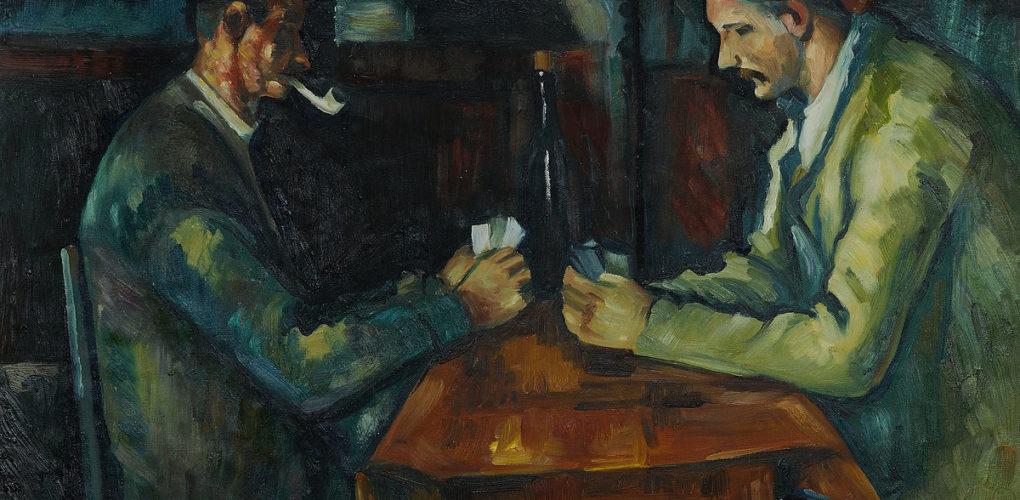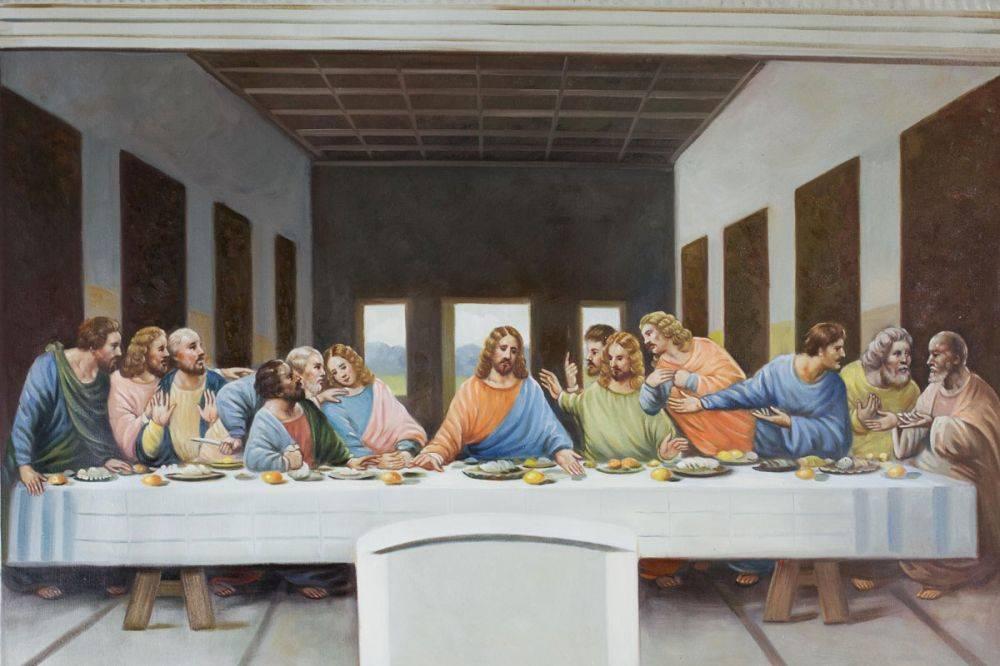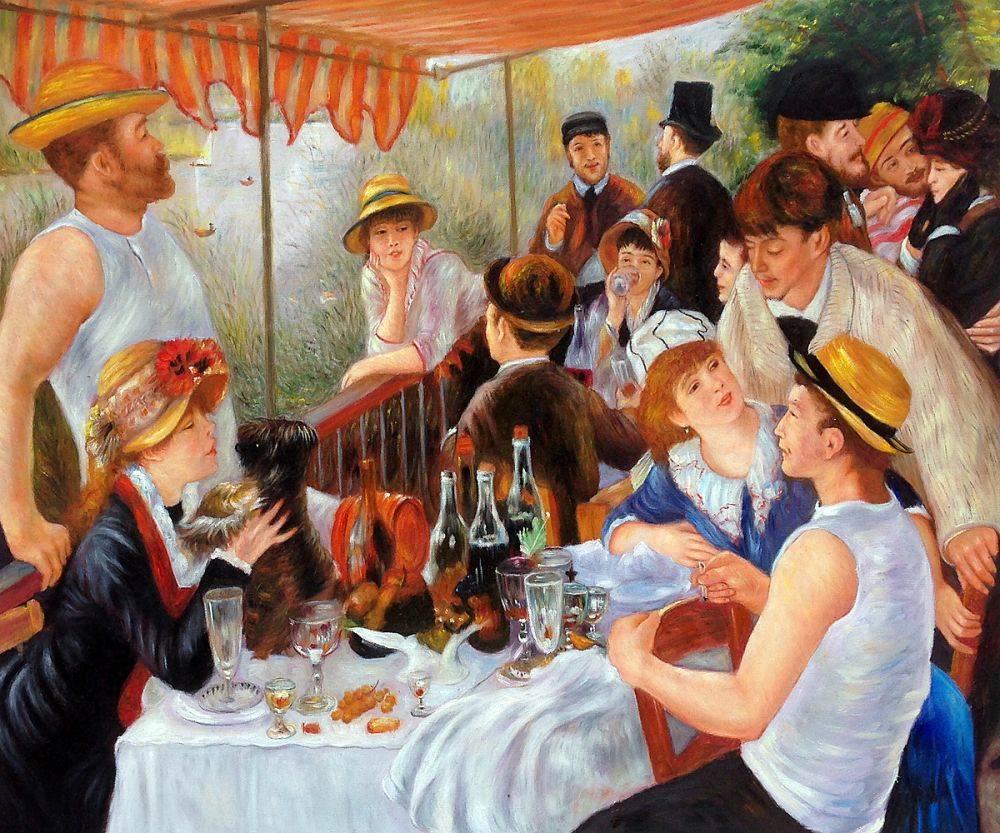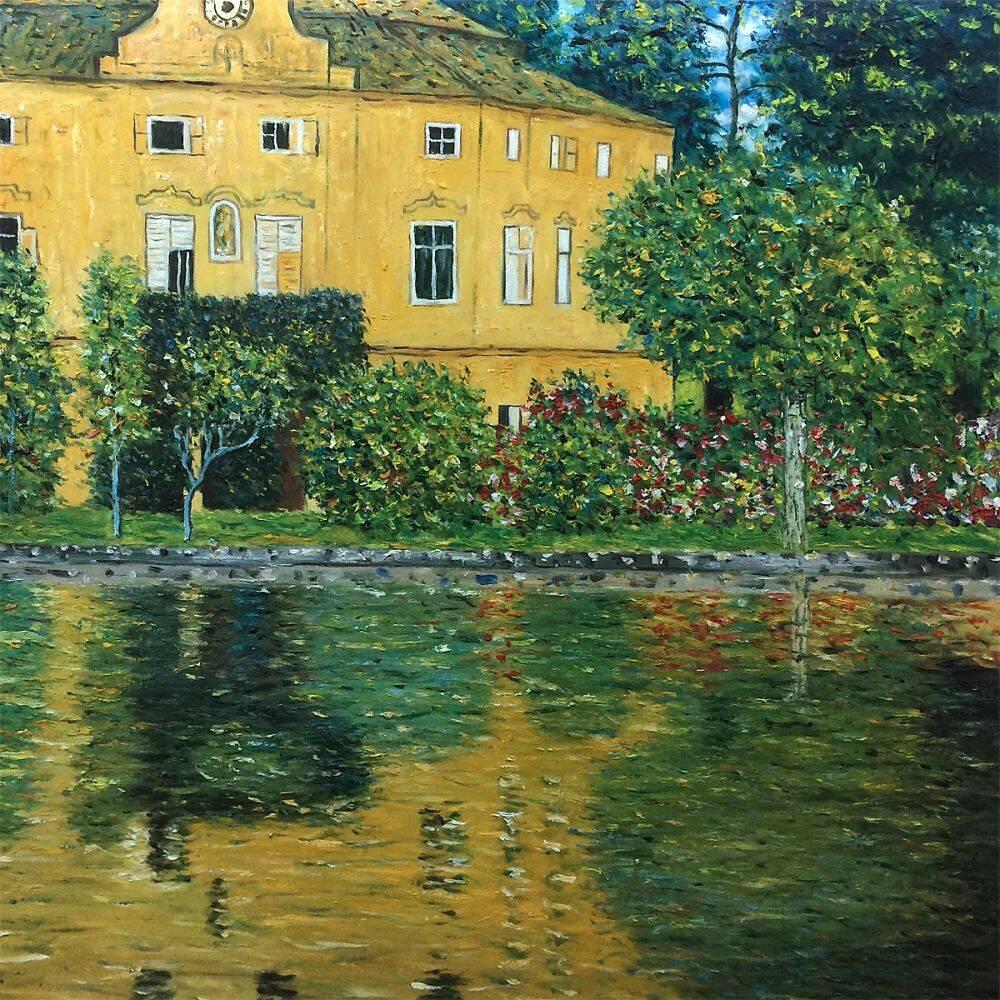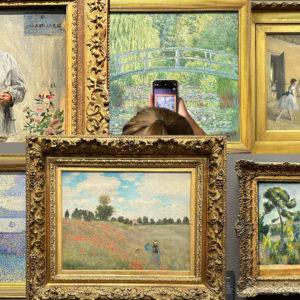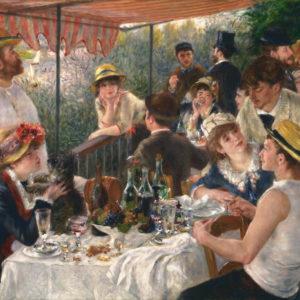Art
Going Mad for Paul Cezanne
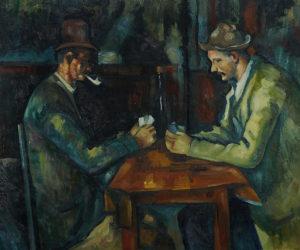 How is it that some people have their own world as if that world is the true reality? Is a world of an artist a reality in-itself and normal people simply cannot understand it? We like to call it madness. Is it possible that without a little madness, a painter cannot become a great artist?
How is it that some people have their own world as if that world is the true reality? Is a world of an artist a reality in-itself and normal people simply cannot understand it? We like to call it madness. Is it possible that without a little madness, a painter cannot become a great artist?
Some painters took drastic measures in times of weakness, such as Vincent Van Gogh cutting his ear off. Others kept a hidden life by staying out of the light of society. Only close people knew about Paul Cezanne’s weakness, his depression and his lack of reality. It is said that he was a difficult person to be around with.
Paul Cezanne was, for the most part, a loner and did not let many people around him. Even so, is it possible that a mad man can realize his lack of reality? Cezanne himself wondered if he was insane: “Tell me, do you think I’m going mad? I sometimes wonder, you know.” The problems began with the onset of diabetes in 1890, destabilizing his personality to the point where relationships with others were strained.
However, his ability to paint hasn’t been affected. Although he had admired in his lifetime, Cezanne rarely liked his paintings and often, despite the long time spent making them, destroyed them. It is said that the artist once put someone to sit for him in order to make a portrait for three months and then destroyed the painting. For some, the endless sittings were often tortures. The artist demanded that his models remain absolutely motionless. However, he wasn’t interested in the facial mimicry or emotions, but in the composition of the moment. For this reason, he painted people he could afford to pay, such as farmers and day laborers.
It was people like “The Card Players” that Cezanne used as models to paint. The painting can now be admired at the New York Metropolitan Museum of Art. Nevertheless, Cezanne was so dissatisfied with the results of his works, and even showed sympathy with the Salons that turned down his paintings for shows.
Although towards the end of his life collectors became increasingly interested in Cezanne’s works and his paintings began to reach significant prices, the artist retreated more and more from the world. “The world doesn’t understand me, and I don’t understand the world, that’s why I’ve withdrawn from it.”
Cezanne’s health weakened him as he grew older. Apart from his diabetes, his depression worsened, and was mainly manifested in a growing distrust of his fellow human beings and eventually in paranoia. His mood swayed between euphoria and despair. However, he was delighted at the increasingly frequent visits from friends and admirers.
Despite him wanting to be alone, he also appreciated the importance the admirers gave his work. He felt that at last he was being taken seriously. In January 1905 he wrote to Roger Marx, the editor of the Gazzette des Beaux-Arts:
“My age and my health will never allow me to realize the dream of art that I have been pursuing all my life. But I shall always be grateful to the intelligent amateurs who had – despite my own hesitations – the intuition of what I wanted to attempt for the renewal of my art.”
So what made Cezanne stand out from the artist’s crowd? Was depression, madness or paranoia that made him paint in such a unique manner? or none of these, but only his talent? I guess that only Cezanne can answer that question:
To my mind, one does not substitute oneself for the past; one merely adds a new link to its chain. With the temperament of a painter and an ideal of art – that is to say, a conception of nature – sufficient means of expression would have been necessary to be intelligible to the general public and to occupy a decent place in the history of art.” – Paul Cezanne
